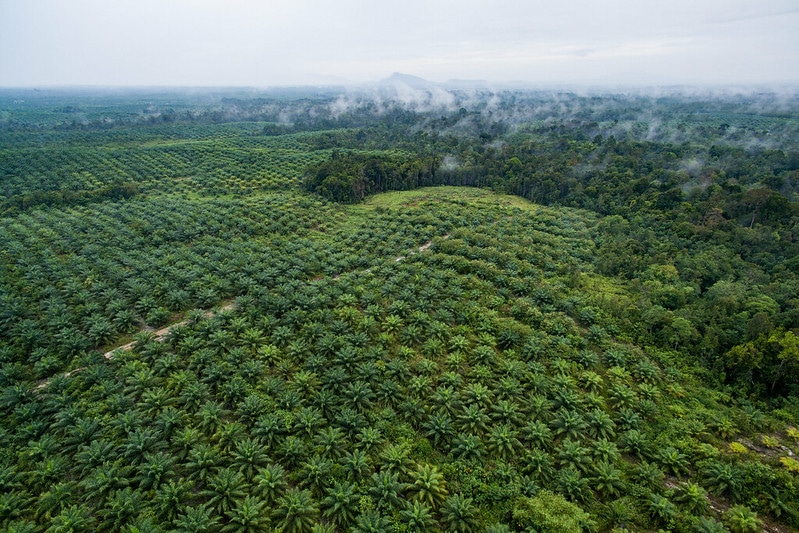Covering around 13% of Earth’s surface and harbouring an estimated 83% of its endangered wildlife, protected areas are tasked with an outsize responsibility to safeguard vulnerable species, as well as many Indigenous communities. But mounting evidence suggests protected areas may not be living up to their name, with around a third of the planet’s protected land area under intense pressure from human activity. Now, a new study reveals 6% of the world’s protected land has been cleared and converted to cropland.
—
The study, published this week in the U.S. journal Proceedings of the National Academy of Sciences, was conducted by researchers Varsha Vijay of the University of Maryland’s National Socio-Environmental Synthesis Center and Paul R. Armsworth of the National Institute for Mathematical and Biological Synthesis at the University of Tennessee. Vijay and Armsworth combined data on protected areas, cropland, biodiversity levels, biomes, human density and income to see just how much of the planet’s agricultural land is coming at the expense of protected habitat and the factors that play into this.
Their analysis revealed that cropland takes up 13.6% of the planet’s ice-free surface area and overlaps with 6% of its protected area. They write that while most of this activity is happening in protected areas that are designated muti-use – which means limited and regulated land conversion is legally allowed – “worryingly, we find that 22% of cropland in protected occurs in areas of strict protection,” which include nature reserves, wilderness areas, national monuments, protected landscapes and national parks.
You might also like: Ivory by any other name: Illegal trade thrives on eBay, study finds
The study indicates that northern latitudes have larger proportions of cropland in protected areas overall, but that much of that cropland had been converted from forest before protected areas were established around it. Meanwhile, tropical and subtropical locations experienced bigger recent surges of cropland conversion. This, the authors write, raises “concerns for cropland expansion into protected and unprotected conservation priority areas.”
While some species are at home in agricultural fields, most are not – particularly specialist species that require particular foods to survive (versus generalists, like raccoons, that can eat pretty much anything they come across). And research has shown that an endangered species is more often than not a specialist.
Vijay and Armsworth’s findings come as nations and international agencies prepare to establish conservation goals for the coming decade and revamp existing ones, and as the United Nations’ Sustainable Development Goals (SGDs) attempt to claw their way up from setbacks due in part to the COVID-19 pandemic.
While the SDGs acknowledge the importance of biodiversity and human health by including specific goals for improving both habitat conservation and food security, “conservation and development planning are still often treated as independent processes,” Armsworth said in a statement.
The study took advantage of multiple recent datasets and “represents the most comprehensive assessment of the extent and distribution of global cropland inside protected areas,” Vijay and Armsworth write in their study; Vijay added that similar methods could be used to help governments achieve their conservation and development sustainability targets.
“Rapid advances in data availability provide exciting opportunities for bringing the two processes together,” Vijay said.
Lucas Joppa, Microsoft chief environmental officer and an expert on protected area effectiveness who was not involved in the study, added his voice to the chorus urging a reformed approach.
“The findings of this study emphasise the need to move beyond area-based conservation targets and develop quantitative measures to improve conservation outcomes in protected areas,” Joppa said, “especially in areas of high food insecurity and biodiversity.”
Featured image by: Flickr
This article was originally published on Mongabay, written by Morgan Erickson-Davis, and is republished here as part of an editorial partnership with Earth.Org.


















